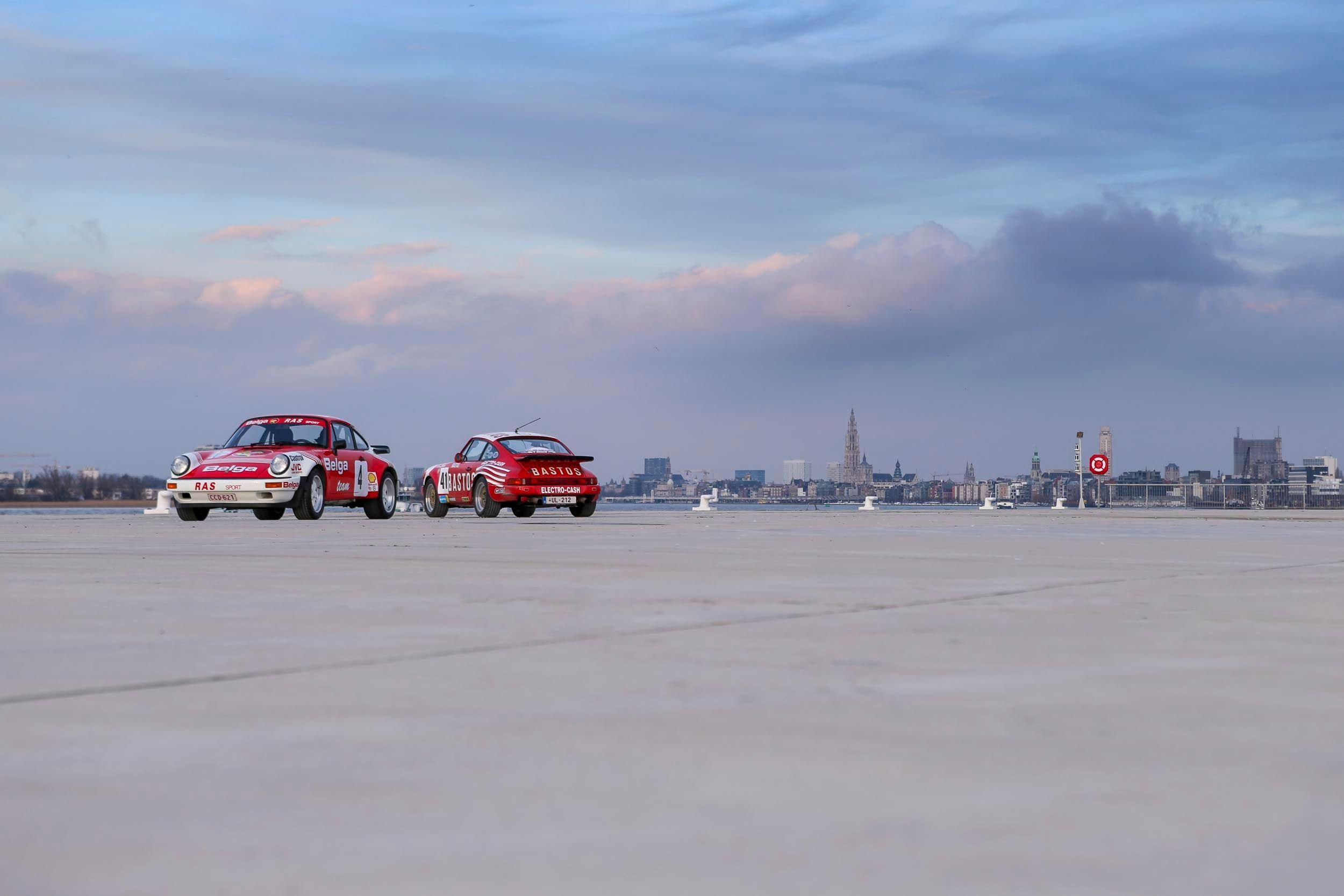The “Art Car”
We at 911motorsport have always been a believer of the combination of Art and cars. Apart from the fact that cars (some at least) are elevated to the status of contemporary art, the are also an ideal surface to make a work of art. First because it is three dimensional, second when the car is at speed it becomes a means of expressing speed through art.
Apart form a car there is no other way of making three a dimensional painting. Traditionally a painting is only painted on a flat canvas.
The art car is a concept that was invented and developed by Hervé Poulin. Mr. Poulin was a amateur racer and became famous as one of the founder of the Artcurial auction house.
In 1975 he commissioned Alexander Calder to paint on a BMW 3.0 CSL that was going to race at Le Mans. This was the first “art car” where a painting was painted on a car and that was also to be an expression of speed. Speed at rest but also speed in the race. Thereafter more art cars commissioned by Hervé Poulin came along that raced in the 24-hour race of Le Mans. Famous contemporary painters such as Frank Stella, Andy Warhol, Roy Lichtenstein followed the path of Alexander Calder. The all painted on BMWs, as such it became almost a trade marque of BMW. The company continued the “art car” theme on street as well as race cars.
Back in 2016 when a 2.0 Cup car was prepared by 911motorsport to go racing it was decided to make an “art car” out of it. In the race series all cars wore classic period colors such as red, blue, green, silver etc…and we thought that an “art car” would stand out much more.
Therefore, a commission was made to Antwerp painter Bart Verheyen to make a proposition for the art car. He is best known for his cartoon like and popart like paintings of women. The idea did please 911motorsport to have a young blond grill on the car. As with a painting on canvas the car was covered with a vinyl and the painting was printed on the vinyl. Apart from the fact that this way of doing is very close to the method used for a real painting, it had the advantage of being easy to repair in the case of an accident during racing. This car has been so popular in all the races that it raced in, that it was always picked up by local journalists. It was featured in so many magazines, that it became a trade marque in the Peter Auto 2.0 Cup racing series.
For the exposition of “70 years of Porsche” at the Autoworld museum (14.12.2018 till 17.01.2019), a second ‘art car’ project was started up. The bases for this project was a 2.4 T that was covered in matt white vinyl, and that was decorated by the women of “Louves”. We wanted to find out how to young female artists looked at an art car. Moreover, we invented something completely new and that was the “life art”. The artists were going to paint the car life on the grand opening of the exhibition of 70 years Porsche in Autoworld. The unveiling and unfolding of the project during the evening was an instantaneous and overwhelming success.
The third project started by 911 motorsport was based on the Porsche Carrera, build into a 964 WTL race car. This car came into the collection September 2022. To make something that was never done before we invited the graffiti artists of Bigup to make us some propositions. These artists have a well-known, almost worldly reputation in the graffiti community. They decorated private buildings, public spaces but never did a car before. The idea of the art car was to emphasize the sheer beauty of the petrol engine by, in a humoristic way, oppose the idea of compulsory mobility change to EV’s. We wanted to make clear that there are quite some disadvantages to this imposed change. The artists had free hand in developing the idea. This eventually led to the “Gretschen”. The way this car came into being is a little different from the previous ones. And once again it is important to find new ways of doing. Therefore, this car was partially sanded and on these parts the painting was applied directly onto the body. The sanding needed to be done to have the paint adhere to its underground. Thereafter the painted part has been varnished with a matt varnish, as requested by the artists. Because this car, although a race car, will never be enlisted in racing and therefore the art has been painted directly onto the body. The car will be used on demonstration runs and private track days.
Apart from the sheer pleasure of being able to enjoy driving art, it is also a sustainable way of value retention.
Art, and that is nothing new, has a certain value. The way on which it is determined is a matter of markets, rarity, famous artists that maybe have left this world, vision etc…
Therefore, we believe that an “art car” will sustain if not increase the value of the car. Because apart from the fact that the car as such is desirable, the art painted on it might even be more desirable.


